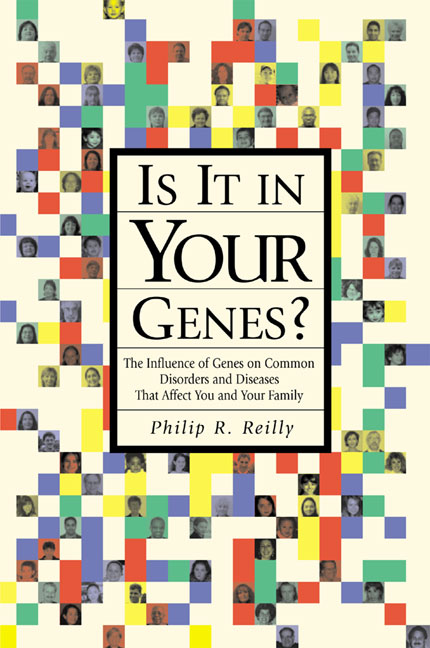
This updated edition of Philip Reilly's highly praised and provocative book has been expanded to include an essay about the fast-moving and controversial field of personal genomics. In the essay, Reilly explains how new, cutting-edge technologies have facilitated the rapid discovery of genetic markers associated with ailments such as macular degeneration, heart disease, and schizophrenia. He describes how the same powerful technologies can be used to interpret the DNA sequence of anyone in the world-who can afford it. But how valuable are the data obtained from these tests? Will "personalized medicine" really improve our health and well-being? And at what cost? Reilly's new essay is a worthy addition to his entertaining and informative collection of stories on topics such as genetics and the future of sports, the evolutionary origins of humans, the mysteries of genetic diseases, the similarities between dogs and people, the impact of genetic engineering on what we eat, and the ethical dimensions of stem cell research.

It is now clear that our risk of developing almost any disease is influenced by the genes with which we are born. One of the most important dividends of the Human Genome Project will be a much greater understanding of the influence of genes on disease and disorders in children (from asthma to autism) and adults (including heart disease, virtually all cancers, and Alzheimer's disease). The nature of genetic risks in families is becoming clearer and this book is written to help people understand them. Philip Reilly, a physician–geneticist, who has given hundreds of lectures on this subject, takes a user–friendly approach. Drawing on the many questions he has been asked (for example, “My sister has multiple sclerosis. Am I at an increased risk?”), Reilly discusses over 90 common conditions, diseases, and disorders, arranged from conception to old age. In frank, non–technical terms, he makes clear what is known and not known about the genetic factors and, if your risk is elevated, what you might be able to do about it. This book is a uniquely valuable resource for anyone seeking more information about a family's disease heritage.